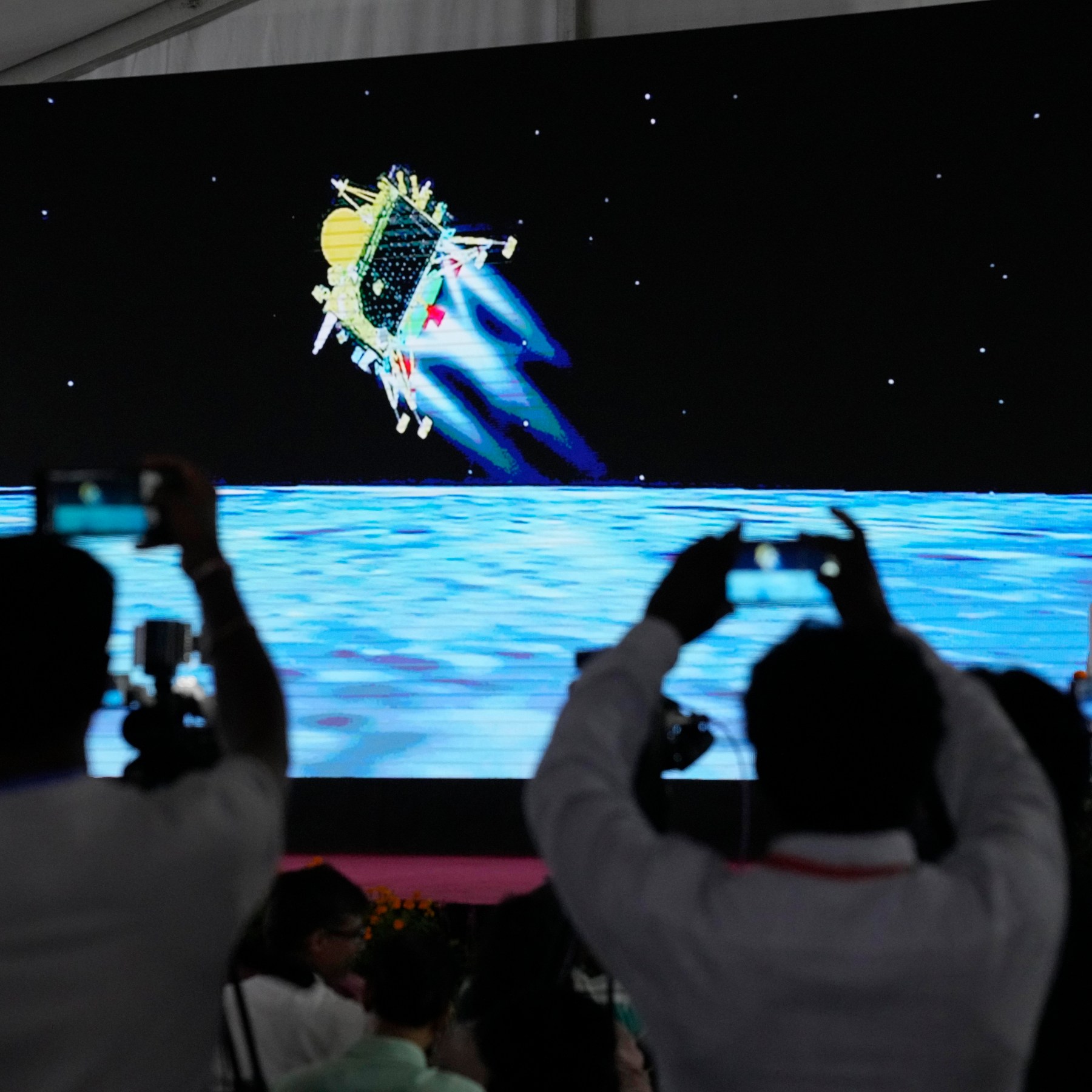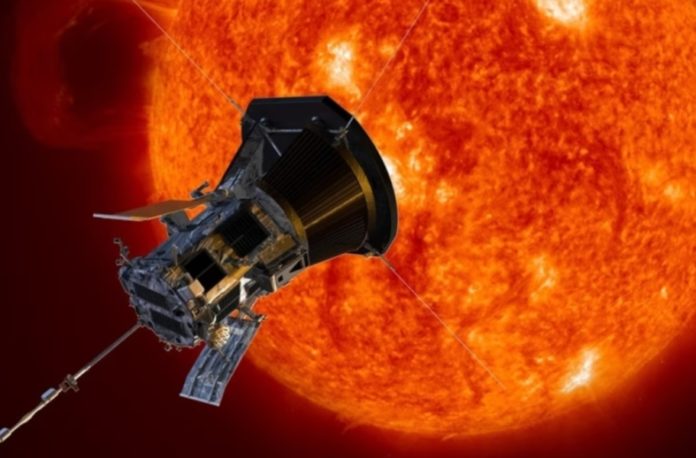In the wake of India’s triumphant moon landing, the nation’s space endeavors continue to soar to new heights. The Indian Space Research Organisation (ISRO) has announced its forthcoming mission. Aditya-L1, set to launch on September 2nd. Departing from the Sriharikota launch base, the mission holds immense promise as it endeavors to study the sun – a first for India.
Unveiling Aditya-L1
Aditya-L1, named after the sun god Aditya in Hindu mythology, aims to delve into solar characteristics and their implications for Earth and space weather. The mission will carry seven payloads and find its place at Lagrange Point-1 (L1). Strategically located between the Earth and the sun. While budget details remain undisclosed officially, sources indicate that the mission costs are estimated to be around ₹400 crore (approximately $45 million).
Incredible !!
After Chandrayaan-3, India is now ready to launch mission Aditya-L1, this is the first space-based Indian observatory to study the Sun ☀️, scheduled for:
🗓️ September 2, 2023, at
🕛 11:50 Hrs. IST (10:20am UAE 🇦🇪 time) from Sriharikota. pic.twitter.com/CuB6ZBT8Eh— حسن سجواني 🇦🇪 Hassan Sajwani (@HSajwanization) August 28, 2023
The primary objectives of Aditya-L1 are ambitious and scientific in nature. One key goal is to examine the sun’s upper atmospheric conditions, focusing on the solar corona, the sun’s outermost layer. By observing the corona’s heating mechanisms and analyzing solar flares, scientists hope to unravel the physics behind partially ionized plasma – a unique state of matter. Additionally, understanding the sequence of solar conditions leading to solar flares could prove invaluable in predicting and preparing for particularly intense solar events.
Aditya-L1 and Beyond
It is noteworthy that while Aditya-L1 marks India’s inaugural mission to study the sun directly, it is not the country’s first space observatory. The AstroSat, launched in 2015, serves as India’s space telescope and continues to be operational, contributing to astronomical studies.

The Solar Flare Connection
The significance of studying solar flares transcends its scientific intrigue. Solar flares, characterized by their immense energy release, can wreak havoc on Earth’s communication infrastructure. Severe solar radiations can lead to disruptions in satellite and radio communications, causing widespread disruptions. The most recent occurrence on August 7th triggered radio and navigation signal disruptions across North America.
These solar disturbances are categorized on a scale by the US National Oceanic and Atmospheric Administration’s Space Weather Prediction Centre. Investigating solar conditions could be pivotal in predicting the occurrence, intensity, and contributing factors of such events, thus safeguarding global networks and infrastructure from debilitating downtime.
ISRO’s Steady Trajectory
ISRO’s upcoming mission follows closely on the heels of its moon landing success. In late August, the Chandrayaan-3’s Vikram lander achieved a historic lunar touchdown on the moon’s southern pole. This remarkable achievement solidifies India’s place as the fourth nation to land on the moon. The scientific insights from this mission are already underway.
India’s thriving space program is set to elevate the nation’s standing in the global space race. The Chairman of the Indian National Space Promotion and Authorization Centre (In-Space), Pawan Kumar Goenka, anticipates that such accomplishments will not only boost private space companies within India but also attract international investors. Although hurdles like space readiness certification and foreign direct investments persist, India’s burgeoning private space sector is poised for growth. With the success of ISRO’s missions serving as a beacon of inspiration and progress.
Stay tuned to Brandsynario for the latest news and updates.





































